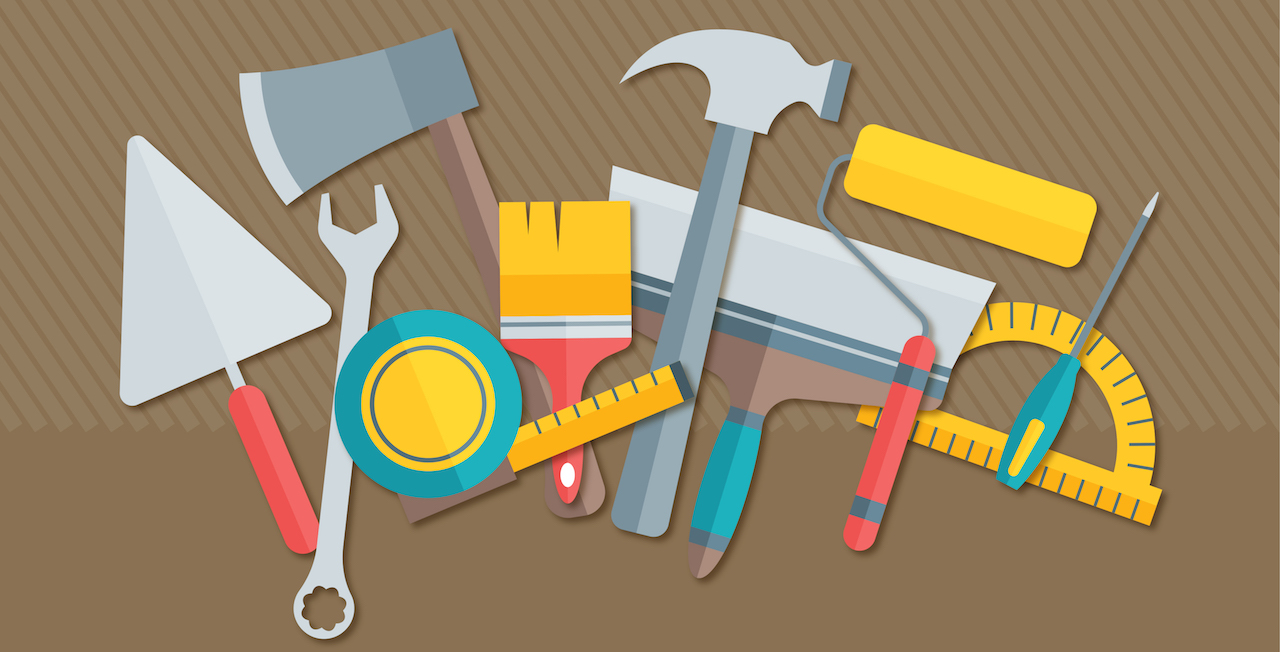Hurt yourself doing handy work around the house? Don’t panic. Hardware mishaps are common, affecting over 200 000 DIY enthusiasts every year!
Fortunately, they can be easily treated. The basics of first aid can make all the difference. Here’s how to handle common DIY injuries:
Splinters
Shards of wood, metal and glass can make their way under your skin and cause infection. To prevent this, fragments need to be removed – even if you don’t feel any pain.
What to do:
- Gently clean the area around the splinter with warm water and mild soap.
- Using tweezers, grasp the splinter as close to the skin as possible. Never try to remove the splinter with a needle as this may cause infection.
- Draw the splinter out in the same direction as it entered the skin. Make sure that it doesn’t break off.
- Carefully squeeze the wound so that a small drop of blood comes out. This helps flush out any remaining dirt.
- Clean and dry the wound. Cover it with a plaster or bandage.
- If the splinter is too deeply embedded in the skin to remove or lies over a joint, get medical help.
Puncture wound
Stepped on a nail? Before you rush off to the hospital, here’s how you can help yourself.
What to do:
- Remove the object if you can.
- Stop the bleeding by applying firm, direct pressure to the affected area with a clean cloth or bandage.
- Rinse the wound with water for a few minutes. If dirt remains in the wound after rinsing, remove with tweezers. Wash the area with mild soap and water, and rinse again. Pat dry.
- Apply an antibiotic cream or ointment. Cover the wound with a sterile bandage to protect it from dirt or further injury. Change the dressing at least once a day or whenever it becomes wet or dirty.
- Take a painkiller to ease any pain.
- See a doctor if the wound isn’t healing, or you notice signs of infection like redness, swelling or pus.
Sprains and strains
Statistics show that up to 17 000 people will need treatment for sprains or strains as a result of home improvements every year.
What to do:
- Sit or lie down in a comfortable position.
- Support the injured area in a raised position. Place a pillow underneath the injury for extra support.
- Cool the area with an ice pack to help reduce swelling and pain.
- If the pain is severe or you can’t move the injured area, get medical help right away.
Burns
Scalding by hot liquids, electricity or chemicals can cause serious burns. The longer the burning goes on, the more severe the injury will be. Cool the burn as soon as possible.
What to do:
- Hold the burned area under cool running water for at least 10 minutes to reduce the heat and prevent further tissue damage. Don’t use ice or iced water as it can cause frostbite. Never apply butter, petroleum jelly or toothpaste on a burn! These could damage the skin even more and increase the risk of infection.
- Remove clothing and jewellery from the burned area, unless it’s sticking to the burn.
- Gently clean the area with mild soap and water. Pat dry and apply antiseptic cream. Cover with a clean, dry dressing to prevent the loss of body heat. Change the dressing twice a day.
- Avoid bursting blisters as they help the skin to heal.
- If needed, take a painkiller.
- If the burn is deep or larger than the size of your hand, get medical help immediately.
References:
- http://www.sja.org.uk/sja/what-we-do/latest-news/news-archive/news-stories-from-2012/may/first-aid-for-diy-injuries.aspx
- http://www.almapartnership.co.uk/website/J81003/files/First%20Aid%20for%20DIY%20Injuries.pdf
- http://www.health24.com/Lifestyle/Man/Your-body/First-aid-for-burns-20120721
- http://www.mayoclinic.org/first-aid/first-aid-burns/basics/art-20056649
- http://www.webmd.com/first-aid/puncture-wound-treatment
- http://www.mayoclinic.org/first-aid/first-aid-puncture-wounds/basics/art-20056665

